Jason Roy isn’t at his best. He’s not even in a place where he can try and bat at his best. How can a white ball specialist like him get back into good batting form these days?
Let’s start in the obvious place with a story about a speed skater.
The Nils van der Poel Method
Sweden’s Nils van der Poel is the current world and Olympic record holder and reigning world and Olympic champion in the 5,000m and the 10,000m.
Elite athletes are usually pretty cagey about giving away details of how they train because they’re wary of giving their rivals any assistance. Van der Poel instead published a website called How To Skate a 10K, comprising a 62-page document summarising how he trained from May 2019 to February 2022 when he won his Olympic golds.
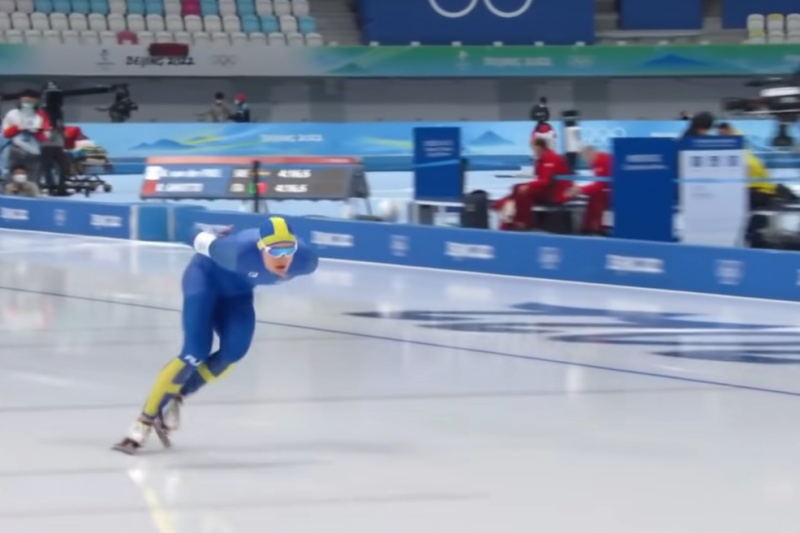
Van der Poel reckoned that whoever skated the most 30-second laps in the last three months prior to the Olympics would win the 10,000m. So what he did was he trained to become a person who could train to do that.
You might think we’ve made a hash of that last sentence, so let’s be more specific – or rather, less specific, because van der Poel’s initial bout of training wasn’t much to do with speed skating at all.
From May 2019 up until August 2020 our man didn’t compete on ice and instead focused on building a strong aerobic base through cycling. He reckoned that doing this would eventually allow him to perform more high intensity work than ever before.
For that period – and in fact for his whole training period – van der Poel trained five days a week and had weekends off. In his ‘aerobic season’ he built up to doing three seven-hour bike rides and two six-hour rides each week. There was pretty much zero intensity in this training. It was just a long slog.

He trained to train. And then in August 2020, he started doing 10-, 20- and 30- minute intervals on the bike at significantly higher intensity.
10 weeks later, he finally started speed skating.
During this third period, van der Poel binned off the harder efforts on the bike and rode easier and for fewer hours the rest of the time. But when he skated, he skated at race pace. Always.
“Thanks to a successful Aerobic season and Threshold season, I was able to perform these sessions five days in a row,” he said.
What van der Poel had done was he’d given himself strong foundations on which to build.
What does this have to do with Jason Roy?
At the time of writing, Roy is struggling to get a toehold. At his best, he can play balls straight back over the bowler’s head right from the very start of his innings. ‘He should just try and do that then,” you might think – except he isn’t even in a position to try. His timing’s off, his rhythm’s off. Roy’s ‘best’ is only accessible to him once he’s already in form.
So how does he recover form? ‘He just needs time in the middle’ is the truism.
The problem is that prolonged time in the middle is quite hard to come by for an England white ball batter like Roy. His last first-class match was in 2020 and changes to the domestic schedule mean he doesn’t even play domestic 50-over cricket any more.
One-day internationals alone don’t really guarantee him a lot of middle practice.
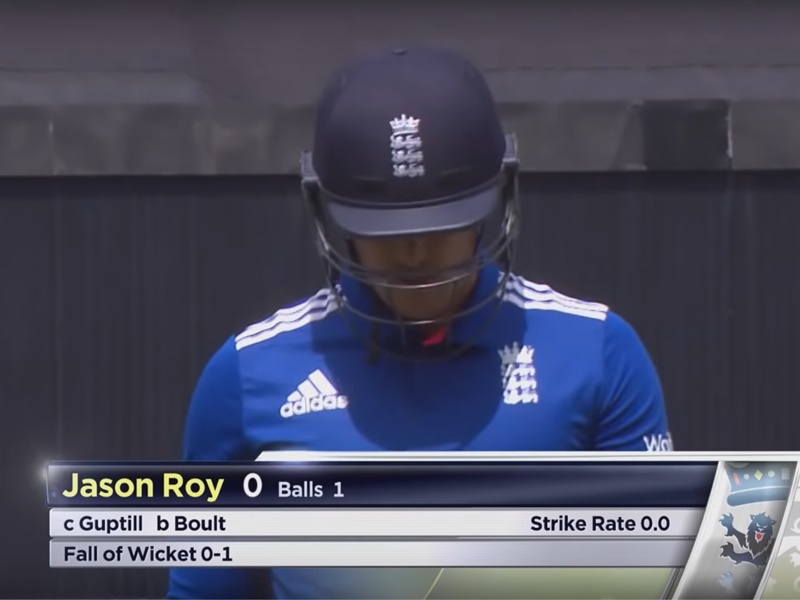
Even if Roy doesn’t excel in the longer formats, there’s a case for saying that first-class cricket has historically provided him with a vital ‘base’ on which to build.
Obviously batting doesn’t have quite the same emphasis on physiological capability as speed skating, so we’re not talking about exactly the same sort of thing here. In fact there are plenty of players who’ve recaptured form in an entirely different way.
David Gower is the classic example. If Gower was batting badly, he’d make a conscious decision to avoid practice. ‘Why groove bad habits?’ he reasoned.
> A dog’s eye view of baseball-bat-wielding thug David Gower
Gower would instead get away from cricket and strive for a reboot, trusting that his normal timing and rhythm would return. We suppose he felt that the central influences on his batting form were less forgettable than anything else, so a bit of a mental flush-out would eliminate far more bad than good.
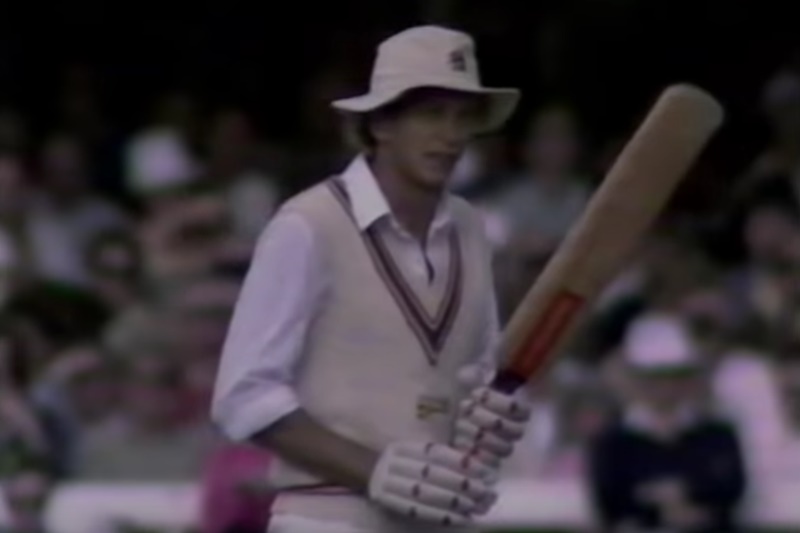
We wonder whether it’s quite the same for someone like Jason Roy though, who simply does not have the same volume of match batting under his belt. Roy has played 87 first-class matches and doesn’t look likely to add too many more. Gower played 448.
Now obviously Roy is only partway through his career and has of course played a great many T20 matches on top of that. But T20 batting is a very specific form of batting. It doesn’t give you that same ‘base’ of facing over after over from opposition bowlers.
Even if a batter makes only 30 or 40 runs in a first-class match, they’ll have spent an hour or more facing serious bowling with fielders all around. They’ll have thought about how the opposition were trying to get them out. They’ll have played a few balls and blocked a few balls in a lower pressure environment. All of that is helpful. It’s also important to emphasise that there is really no hugely significant cost to being exposed to more of it.
That kind of experience is a hard thing to replicate in the nets which means it’s a thing that batters like Roy don’t really get any more.
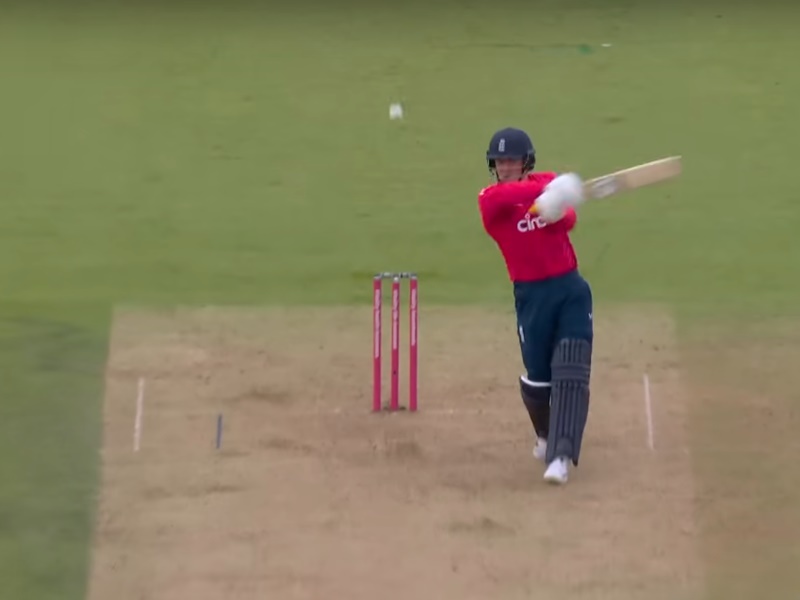
We’re just now getting to a whole new generation of batters who are learning to perform in T20s without these same foundations. Those who are most adept at maintaining form without long hours of batting will no doubt be the ones who thrive.
Even so, perhaps these players’ run-scoring would be more consistent if their approach was built on a greater weight of low octane match training. Or perhaps others who do get such opportunities will be able to effectively cash in that experience to achieve higher peaks. The logical thing to do then would be to retreat for another phase of first-class base-building as part of an annual training cycle.
Roy’s loss of form will have many contributory factors and has perhaps also been overstated, but it will be interesting to see whether he can get back to his best as his own first-class batting ‘base’ recedes ever further from view. Specificity is important, but perhaps, like Nils van der Poel, peak performances grew from deep roots that weren’t so immediately apparent.
You can help fund this website via Patreon if you want. You don’t have to, obvs, but thanks very much if you feel like you want to. Contributions help us do these sorts of features that we wouldn’t otherwise have time to write.

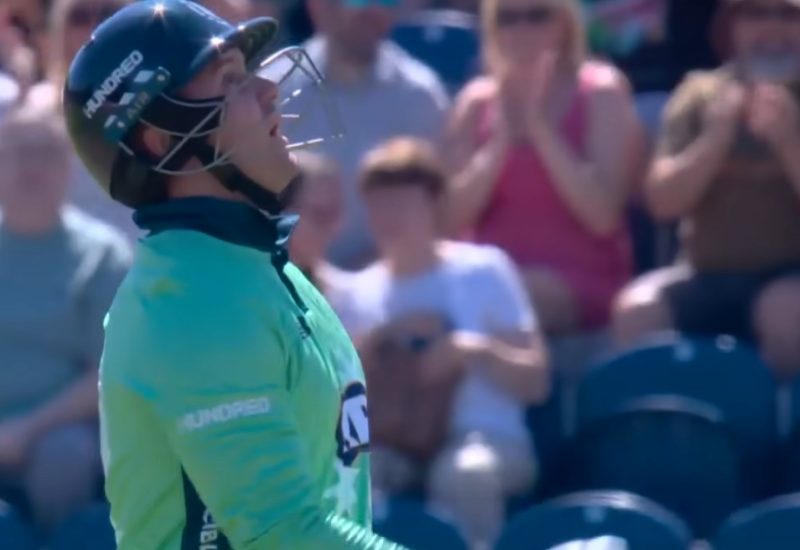

This is an interesting point and adjacent to something else that I feel gets glossed over in the ‘debate’ (if that’s the word) around teams effectively fielding different teams for different formats and there being few(er) ‘all format’ players – if a player gets put in the ‘T20 specialist’ (or ‘Test specialist’) box too soon, they lose the opportunity to play very much cricket in other formats, and we all lose the opportunity to find out what they might have done in other formats, or how the experience in one format might help them develop in another.
To give some examples: whilst it’s pretty clear that Ben Stokes or Jonny Bairstow probably wouldn’t be the sort of Test batters they are now if they’d only ever played ‘red ball’ cricket (and England wouldn’t be the sort of Test team they are at the moment without the overlap with the 50-over team), it could equally be true that without building up experience in First Class cricket, Liam Livingstone wouldn’t be as an accomplished a T20/Hundred/ODI batter. And that’s to say nothing of players who have found a niche later in their career that wouldn’t have been available to them if they hadn’t ‘kept their hand in’ in multiple formats.
That is the most profound article I’ve read on this site. Thanks, KC.
We baulked at ‘profound’ but were reassured when you qualified it with ‘on this site’.
Damning you with faint praise there. Let me try again. Most profound article I’ve read this week.
Oh we can only handle praise when it’s faint. Thanks.
Good article KC.
A really big point about this is implied but not stated in your article: every top-level player brings a unique blend of talents and weaknesses to the game. There is no “one size fits all” formula for recovery of form or development of compensating skills to help overcome weaknesses.
As you say, that can lead to possible solutions as varied as “practice lots to improve”, “try other vaguely related activities in search of compensating strengths/skills” or even “take a break from it and let your brain/body recover”…and much in between/besides.
With batting, an additional challenge comes from the fact that almost all practice situations are so very different from time in the middle in an actual match that matters. And of course the big thing about batting in a match is that one mistake ends your batting time in the middle. It’s different for bowlers precisely because of the weird, compelling asymmetry of this game we love.
Also not really stated – but perhaps should have been as it’s at the heart of what we’re saying – but top players’ talents and weaknesses are in a constant state of flux.
To stick with Jason Roy, that first-class experience may have supported his short format form for a year or so but maybe now the well is running a bit dry. The type of practice that would improve his game now is perhaps very different from what he’d have needed 18 months ago.
More time in the middle of what? A fiery pit? Pacific ocean? Arizona?
Okay, I didn’t read the article (yet) but hell, that’s no reason not to contribute to the discussion.
Unless you started in the middle, you’ve read the whole headline which is more than many online commenters.